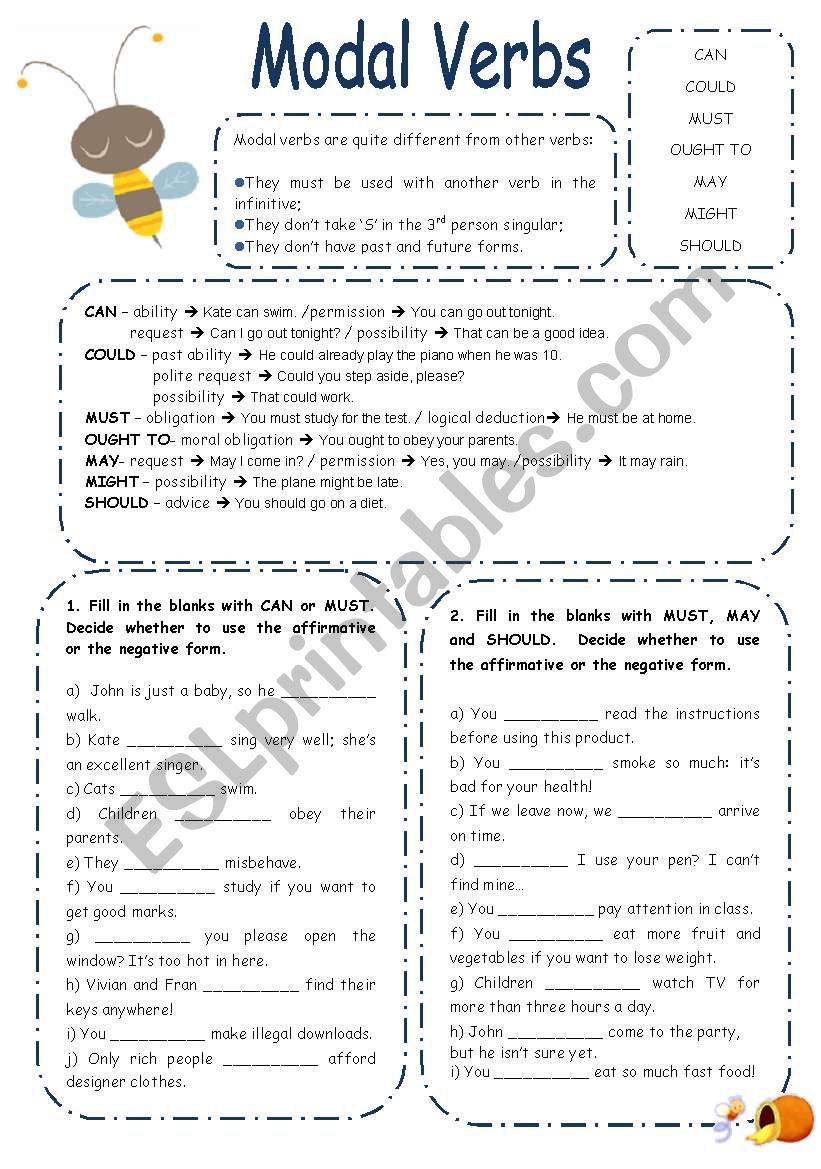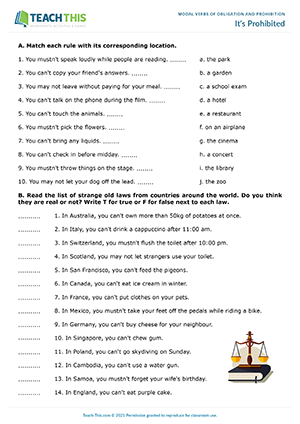

Präsens oder Vergangenheit? Practice distinguishing present and past subjunctive: Was würde Emeril Lagasse machen? Practice using “würde + infinitive” to form present subjunctive statements about how the famous Food Network chef would make hot dogs.Įmeril Lagasse im Märchen More present subjunctive practice using Emeril Lagasse: this time, say what he would do in various fairy tales. There are 31 items here, so that should give you plenty of practice.

Of course we hope you’ll find it helpful and perhaps amusing, but if you find it annoying or confusing, please just ignore the detailed feedback and focus on the basic “right” and “wrong” feedback. Note: We had a bit of fun writing the detailed feedback for this exercise.

Konjunktiv oder Indikativ? Get a feel for the Subjunctive by deciding if these statements are subjunctive or not. Pisces are sweet, lovable people who might smoke.German Subjunctive II corresponds much more closely to the Conditional mood in these languages (used for saying what you would do or would have done) than to the Subjunctive mood, which is used in these languages primarily in conjunction with certain verbs expressing beliefs, desires and uncertainties (and corresponds to some extent to the Subjunctive I in German in this respect). Spanish, French, Italian, Portuguese, and Romanian have Conditional and Subjunctive moods.Common mistakes that indicate you have not understood the subjunctive are using “würde” (which is used to form the present subjunctive) with a past participle of a verb (which is used to form the past subjunctive), or using “hätte” or “wäre” (which are used to form the past subjunctive) with the infinitive of the verb (which is used to form the present subjunctive):.The auxiliary verb will always be “hätte,” even if the main verb is a verb of motion or describes a change of state: Manni hätte die Tasche nicht vergessen sollen.Ĭlick here for more details and examples. To form the past subjunctive with a modal verb, you need to use a double infinitive. Present subjunctive with a modal verb is just what you would expect:.To form past subjunctive, just change “haben” to “hätte” and “sein” to “wäre.” Click here for more details and examples. It is based on the perfect tense of the verb: There is only one way to form the past subjunctive.Click here for more details and examples. For all other verbs, use whichever form you prefer, but stick to “würde + infinitive” if you’re in doubt. For haben , sein and the modal verbs, however, the one-word form is preferable, and we will require you to use it on tests. The two forms mean the same, but the one-word form is considered more formal and is falling into disuse. Present subjunctive can be formed in two ways: “würde + infinitive” or a one-word form based on the simple past form of the verb.My therapist is helping me love myself the way I am. If you’re a Pisces, you probably won’t be offended by the silly little jokes on this page about what Pisces people are like, but if you’re a Scorpio and you’re in love with a Pisces and this makes you mad, you should know that I’m a Pisces and that I’m just kidding. Click here for more details and examples. Use it also for wishes and polite requests (more Pisces stuff…). It’s ideal for spineless, wishy washy, Pisces-type losers. Use Subjunctive II for contrary-to-fact statements: what you would do or would have done, but really aren’t doing/really didn’t do.Uses of Subjunctive II: Contrary-to-fact Statements Remember you need a score of at least 80% in order to get a “check” for this assignment. When you are finished, click “Submit” if you are satisfied with your score. Incorrect guesses will reduce your score. THE PROGRAM WILL ONLY CALCULATE YOUR SCORE IF YOU HAVE ANSWERED ALL THE QUESTIONS. IF YOU GET A QUESTION WRONG, KEEP TRYING UNTIL YOU GET IT RIGHT.


 0 kommentar(er)
0 kommentar(er)
